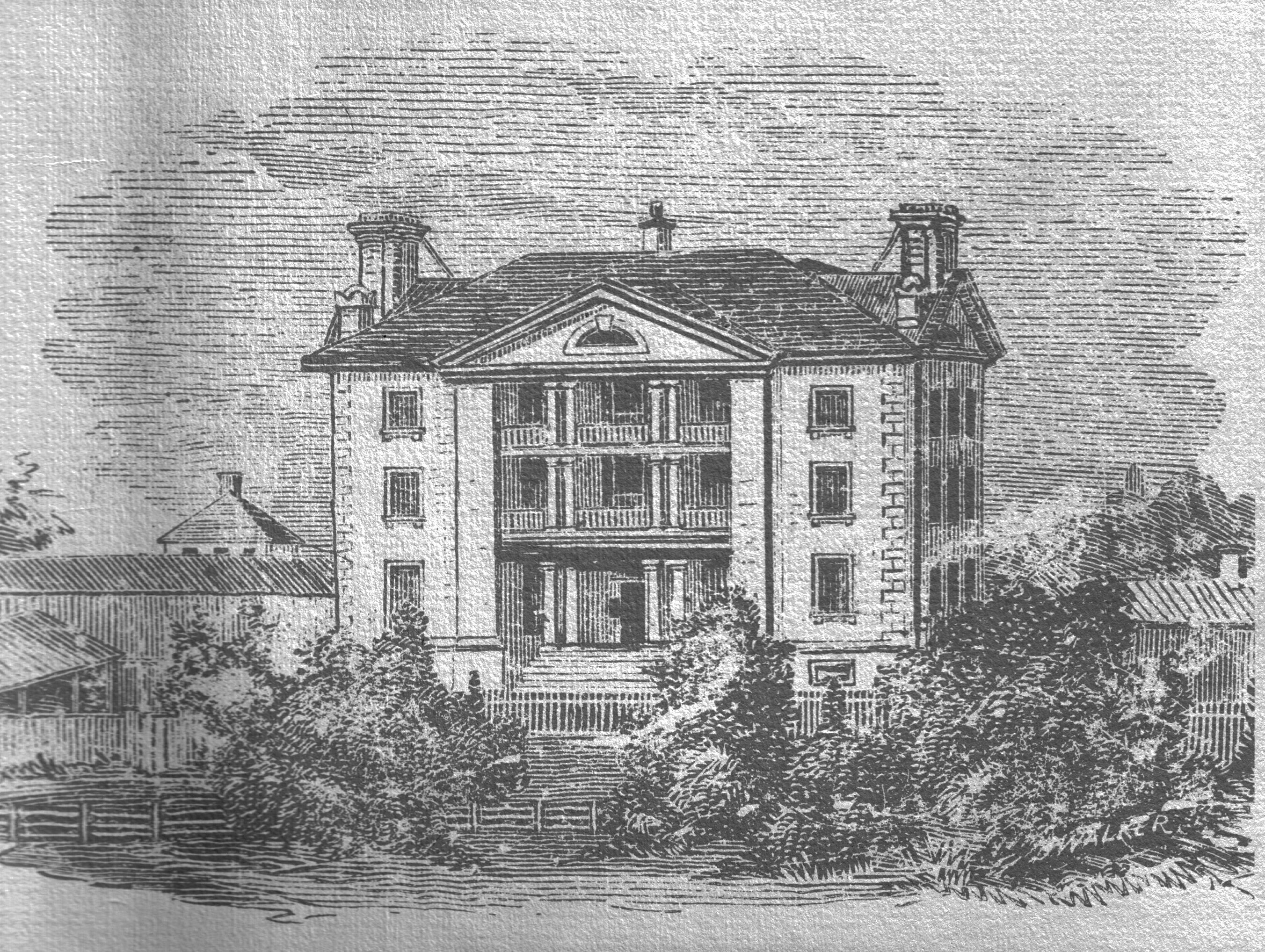
As the population of Kingston grew rapidly after the War of 1812, physicians expressed concern that greater care be given to the sick poor. A voluntary organization was established for such a purpose in 1817, and in 1820 the Female Benevolent Society began providing medical care to the poor out of an old military blockhouse. Spurred by epidemics of malaria and cholera in the late 1820s and early 1830s, which saw the Female Benevolent Society run off its feet, local politicians and well-placed citizens petitioned the colonial government for funds to establish a hospital. At this time, hospitals were institutions for those who could not afford to be cared for in their homes.
Kingston received funding from Parliament in 1832 for the construction of a hospital. This news could not have come at a more opportune time, as the region was hit hard that same year by an outbreak of cholera. Construction on the hospital building began in 1833 and ended in 1835; however, funds had run out before the interior of the building could be finished, and no money was available to operate the facility. The building sat unused until it was called into action as a military barracks and hospital during the Rebellions of 1837-38.
Subsequently it was used as the Parliament Buildings during Kingston's short tenure as the capital of the United Canadas between 1841 and 1843.
Designed by architect Thomas Rogers, the hospital building was a three-storey limestone Neoclassical building, located on six acres of land just outside of town. The front and rear facades of the building were identical, with large windows and balconies. While bearing great similarity to many residences of the time, a fact historian James De Jonge argues is representative of the idea that the home was the "preferred location for the care of the sick," the design of the building also promoted the movement of air. A common idea in the early nineteenth century was that disease was caused by bad air, or miasmas, so air circulation was critical to the prevention of disease.
For more information on the Museum of Health Care, visit them online at www.museumofhealthcare.ca
KGH will mark the 175th anniversary durning the week of September 23, 2013.
Do you have an interesting story to share about your history with KGH? Use the comment section below to tell us!
Special thanks to our presenting sponsor, Lovell Drugs and our event sponsors, Honeywell and KCCU.
Gallery


The view of the Kingston Hospital from the lake in 1850.



